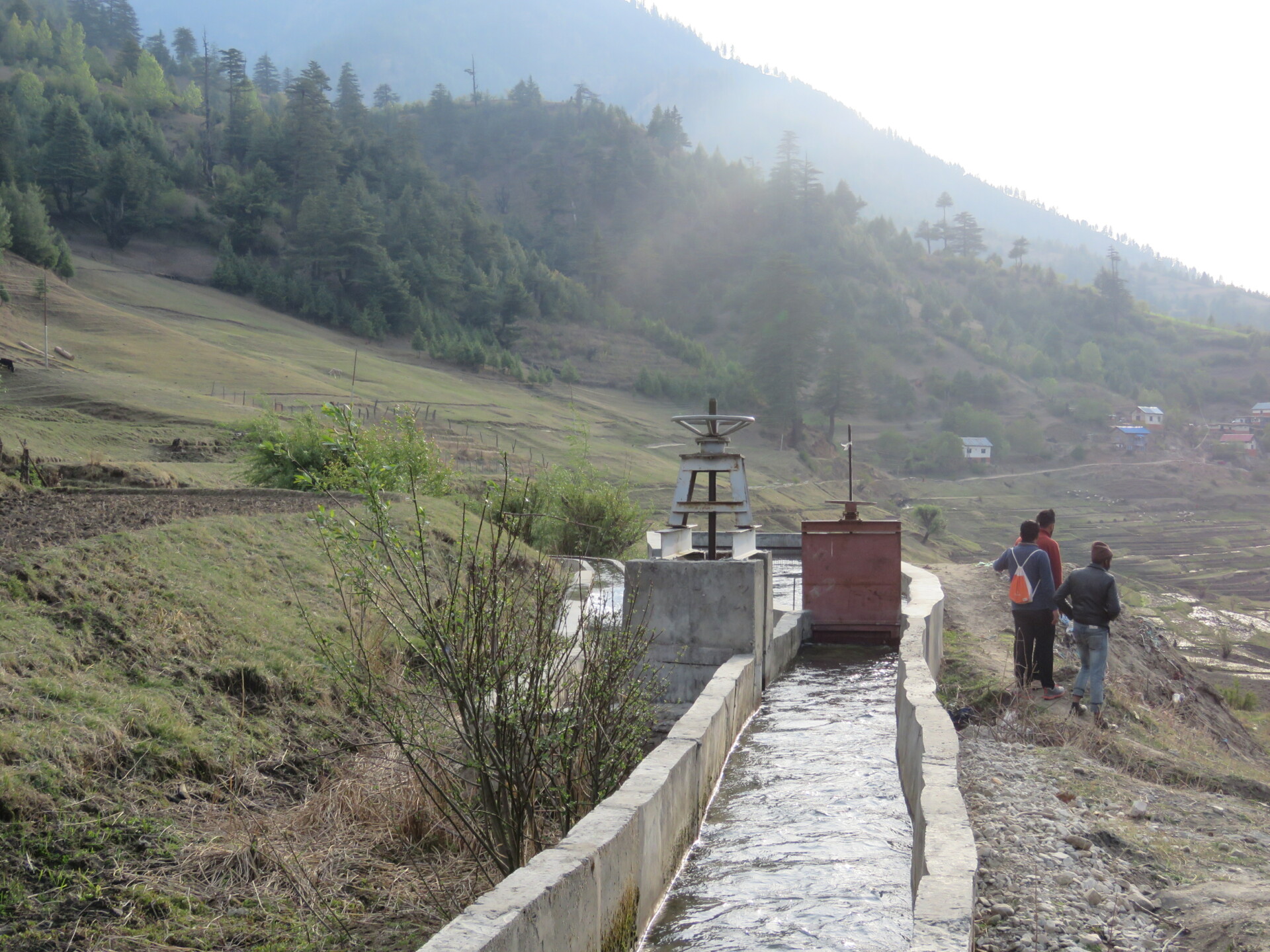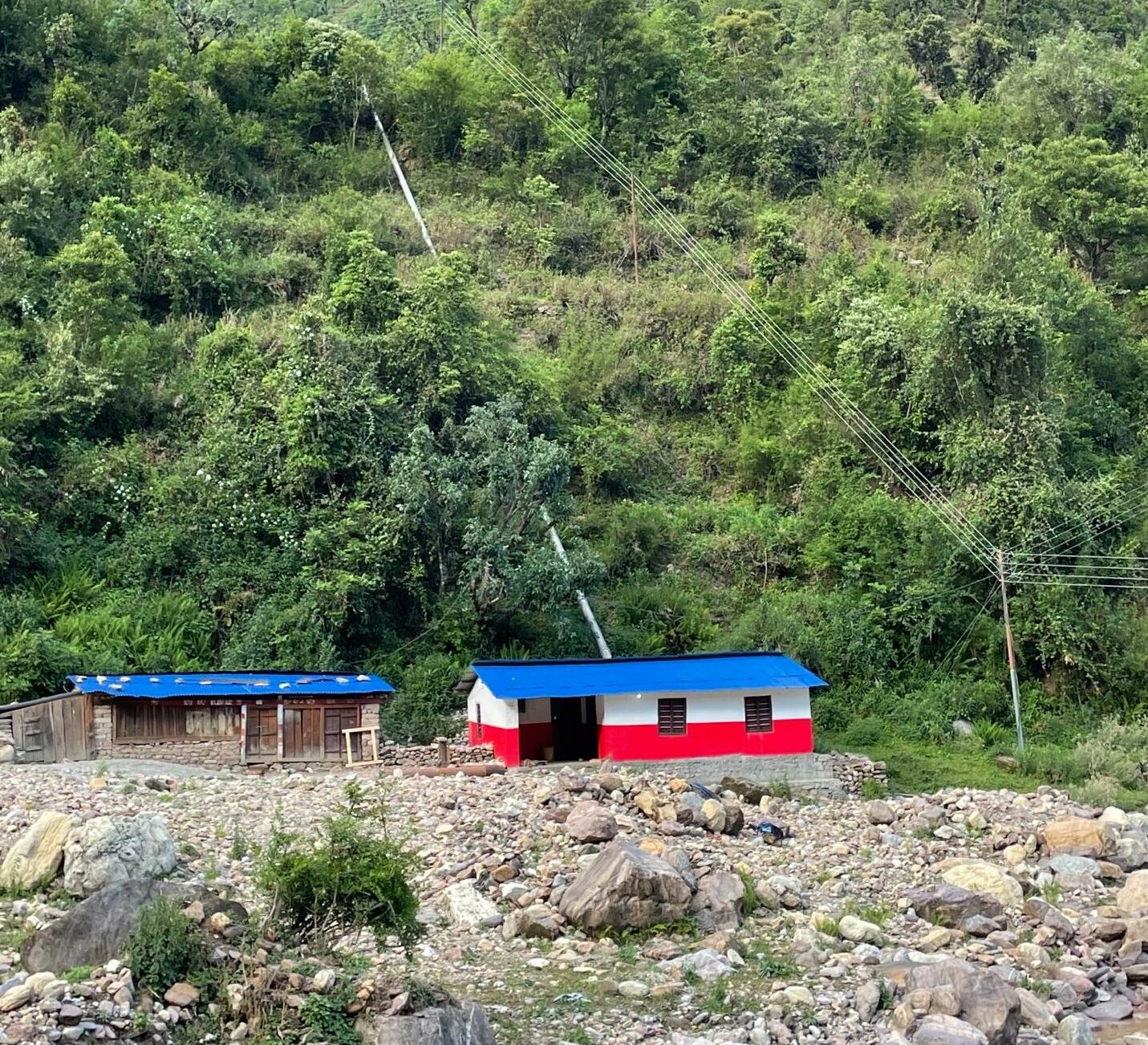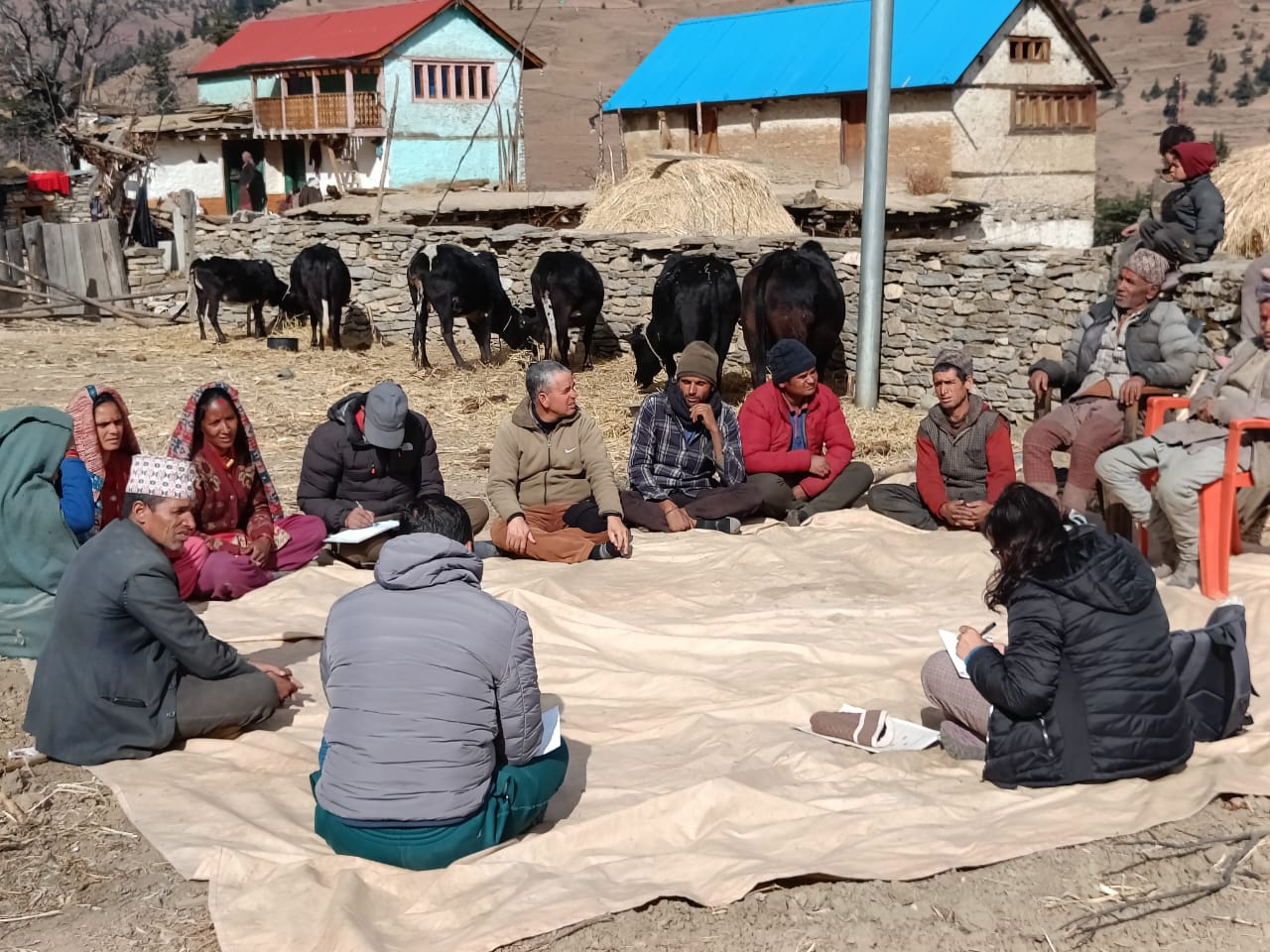More than 45 teachers from 15 schools in Chubut Province, Argentina, participated in the first training to launch our newest capacity building partnership: the YouthEnergy project.
Grid Interconnection Strategies for Nepal
At the Off-Grid Expo 2023 in Augsburg, held from December 6th to 8th, Madeleine Raabe of the WISIONS team presented on grid interconnection models for micro-hydro power plants in Nepal’s mountainous regions. But what role does grid interconnection play in our Innovation Lab project in Nepal?
Nepal boasts abundant inland water resources, making it one of the world’s richest countries in this regard. Its rivers, with unique characteristics, combined with the steep terrain, create ideal conditions for rural electrification through hydroelectric plants.
Over the past thirty years, Nepal has seen the establishment of numerous micro hydro plants (MHPs) catering to the electricity needs of remote mountainous areas without access to the grid. As these technical systems were set up, local community-based organizations emerged. These groups not only contributed labor and finances for infrastructure construction but also developed technical and managerial skills to operate their decentralized power systems.
Community-run systems have provided essential electricity services like lighting and phone charging for years. However, aging equipment and frequent canal damage have led to reduced power generation of many systems. Additionally, a lack of technical expertise and funds for maintenance further hampers their ability to provide reliable services.
The Nepal Electricity Authority (NEA), a government-owned utility, has set an ambitious goal to expand the national grid across the country within two years. This move poses a challenge to the sustainability of MHPs, which might face competition from the national grid. Despite the current unreliability of the national grid, ongoing investments in transmission lines and large hydropower plants aim to improve its stability.
Recognizing the risks posed by the national grid expansion in MHP areas, the government has planned ways to connect MHPs to the national grid, contingent upon meeting technical prerequisites and establishing effective management and business models. Grid interconnection via Power Purchase Agreements (PPA) or Net Metering could offer economic benefits for the national grid authority, MHP operators, and local communities, ensuring consistent electricity generation year-round.

The primary goal of the Innovation Lab Nepal project is to demonstrate a strategy to strengthen the management capacities and business models of community-based organizations managing MHPs. This will enable their participation in grid interconnection arrangements, ensuring the long-term financial viability and sustainability of their decentralized power systems. The project involves key local actors from three rural municipalities: Badigad, Nisi, and Tatopani. The strategy encompasses a sequence of training modules with a focus on:
- Exploring the potentials, prerequisites, and procedures associated with the grid interconnection of MHPs.
- Implementing natural-based solutions aimed at slope stabilization and flood prevention.
- Enhancing the capabilities of MHP staff and management committees to facilitate the commercial operation of MHPs.
- Strengthening capacity for transitioning toward an entrepreneurship model.
These trainings target representatives from MHP management organizations and officials from the three participating municipalities. As MHPs transition from a user committee model to an entrepreneurship model, technical and financial support required for grid interconnection will be provided by the Nepal Renewable Energy Programme (NREP). The Innovation Lab Nepal will offer technical assistance to MHPs seeking funding from NREP. At least two robust MHPs are expected to undergo the entire process during the Lab’s implementation.
This initiative will be complemented by research conducted by Nepalese students, focusing on understanding the present and future role of MHPs and their management organizations in enhancing the livelihoods of the communities they serve.
With stable and affordable energy in rural areas through grid interconnection, opportunities for productive energy use arise. This could lead to increased income and food security via diversified agriculture, along with more job opportunities in Micro, Small, and Medium Enterprises (MSMEs) on farms and off farms.
Moreover, with strengthened financial and managerial capacities, local organizations managing MHPs can also contribute significantly to the governance and management of natural resources within local communities, such as watersheds, forests, and landscapes. The ultimate objective is to improve living standards and reduce the pressure on rural communities to migrate elsewhere.


